
US fantasy author Ron Vitale works a little magic with Google Analytics
How well do you know your readers? Understanding the demographic of those enjoying your self-published books is invaluable marketing information. US fantasy writer Ron Vitale explains how he used Google Analytics to identify his readers – and how some surprises lay in store for him.
I wanted to use Google Analytics to test a hypothesis of mine:
Did I truly know what the demographics were of my readers?
When I wrote my Cinderella Secret Witch Diaries series, I intended the book to be read by women between the ages of 19-25. But was I right?
To run the experiment, I needed to gather data, and to do that, I set up the following:
- Google analytics on my website
- An Instafreebie promotion, Facebook Ads for email signup, free book offer on email signup on my website
- Automation emails with one email giving a short story away
- A landing page on my website with the free short story
Run the Experiment and Analyze the Data
Over the course of 2016, new subscribers to my email list came to my website in three ways: Instafreebie promo, Facebook ad and free book over on my website. When I studied all my analytics and compared my results, there was hardly any differentiation among the three separate groups.
To start off, I set the timeframe of the Google Analytics to cover all of 2016, choosing Behavior, Site Content and All Pages. Here is what I saw:
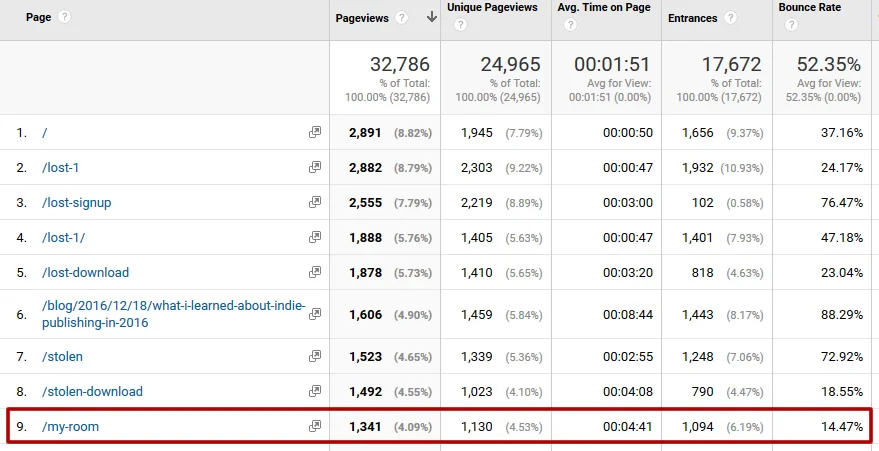
Over the course of 2016, 1,130 unique visits came to my “My Room” landing page (subscribers who wanted the free short story).
I knew that my subscriber base had grown considerably in 2016 (from approximately 1,200 to more than 4,500 subscribers) and that through Mailchimp data that subscribers were opening my emails and clicking on links to come to my website. However, I didn’t know “who” those people were until now.
Using Google Analytics’ Demographics Data to Dispel Assumptions
After I had found the “my-room” landing page in Google Analytics, I then clicked on the link to study just the results of that page and then clicked on the Secondary dimension button, scrolled down to Users in the drop down box that came up and selected Gender.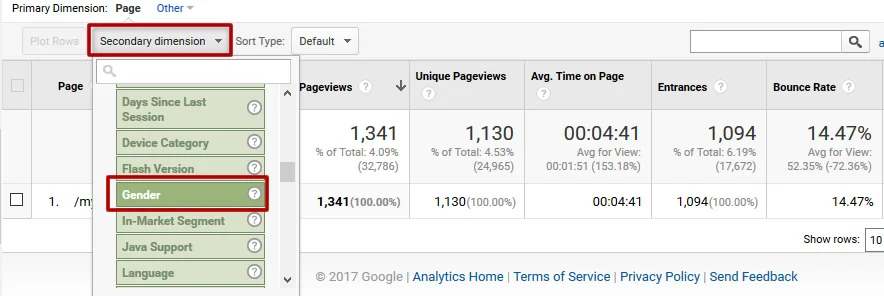
What I found matched up to my hypothesis:

My new subscribers were mostly women (85%). For those of you who are wondering why the numbers from the unique pageviews (1,130) does not match up with the gender screenshot (774), remember that demographic data is not available from all visitors to your website. Some use incognito mode on Chrome or other ways to shield their identity.
The next big test was for me to run a report on the average age. To do that, I changed the Secondary dimension from Gender to Age.
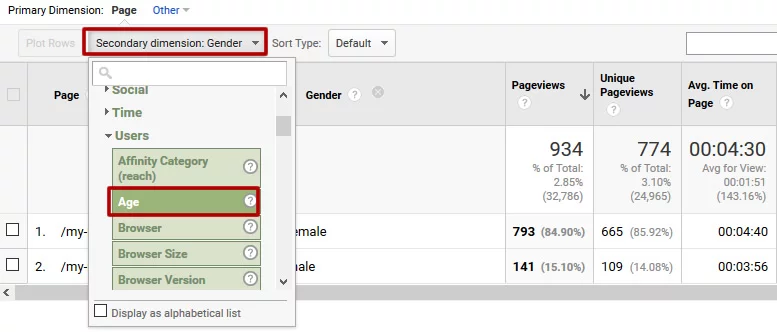
To be honest, the results shocked me.
Nearly 81% of my subscribers who came to claim a free short story about Cinderella were 35-65+ years of age. To put what I learned in perspective, only 6.83% of subscribers fell in the 18-24 age category.
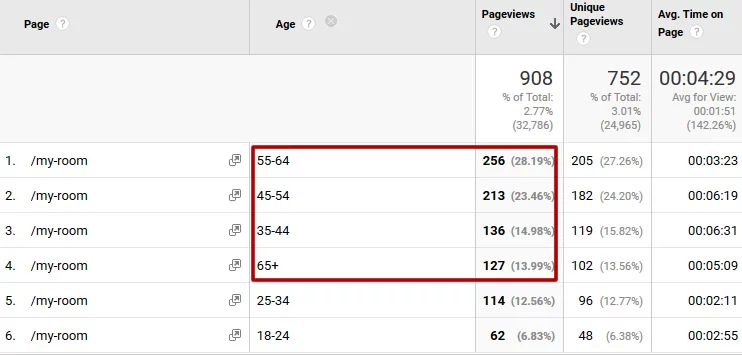
Summing Up
I had misjudged my readers entirely. In looking back over 2016, I had received feedback from readers with AOL accounts and also could see (if they had a Gmail account) a small picture of my reader. I started noticing that the women were older, but I filed the anecdotal findings away. Yet a full year of Google Analytics data shed light on the false beliefs I had with who my subscribers truly were. The challenge moving forward is to add specific landing pages at the back of my books so that I can then correlate the data and see if those readers who buy my book on Amazon and the other platforms line up demographically with my email subscribers.
I hope my simple experiment can help you discover who your own readers are to your website.
OVER TO YOU Have you discovered any surprises about your readership? What method to you use to identify your readers? Please feel free to join our conversation via the comments box.
#Authors - how to use Google Analytics to identify your readers - by @ronvitale Share on XOTHER USEFUL POSTS ABOUT GAINING INSIGHTS INTO YOUR READERSHIP


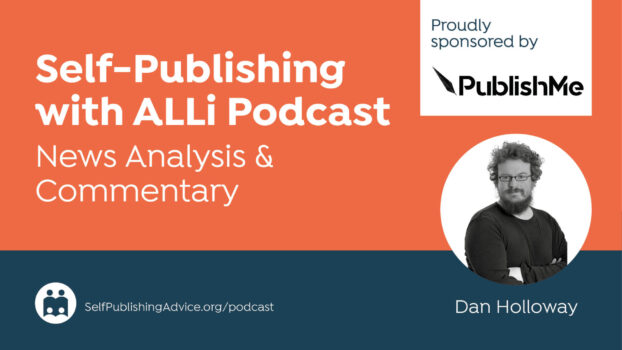

[…] How to Identify Your Reader Profile via Google Analytics […]
[…] How to Identify Your Reader Profile via Google Analytics […]
Ron, I expect this is a dumb question, but how does Google, or anyone else. know the sex and age of your readers?
[…] In self-publishing, Joel Friedlander tackles the fake news about self-publishing, and Ron Vitale show how to identify your audience via Google Anaytics. […]
Leslie, good questions! I have put some serious thought into how I market my books now that I know the true demographic of my book. Having interacted more with my readership, I know that they are not using Twitter, Snapchat and other social platforms so I’ve not spent energy/time trying to populate content on those platforms. When I first started out, I spent a lot of time on Twitter but with very little return. I now use Twitter mostly to network with like-minded authors.
As for whether I’ll change my characters and such: No, I’m not going to do that. I’ve not received any negative feedback from my readers on the characters I have written and want to make certain that the voice I have for them remains consistent and not fed by market data. I don’t believe a “paint by numbers” approach would work for me and, to be honest, that’s not what my readers are looking for in a book. From the feedback I’ve received, my readers enjoy Cinderella’s strong personality and that she doesn’t fit into a mold of what one would expect for her.
Thank you again for your feedback.
This is a fascinating post, but not really surprising to me. It does pose an interesting question though: will you market differently based on this new information, and if so, how? Will you write your characters differently to better appeal to your readers, for instance, making them a bit older?